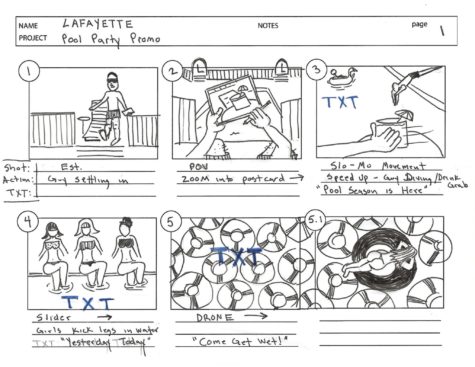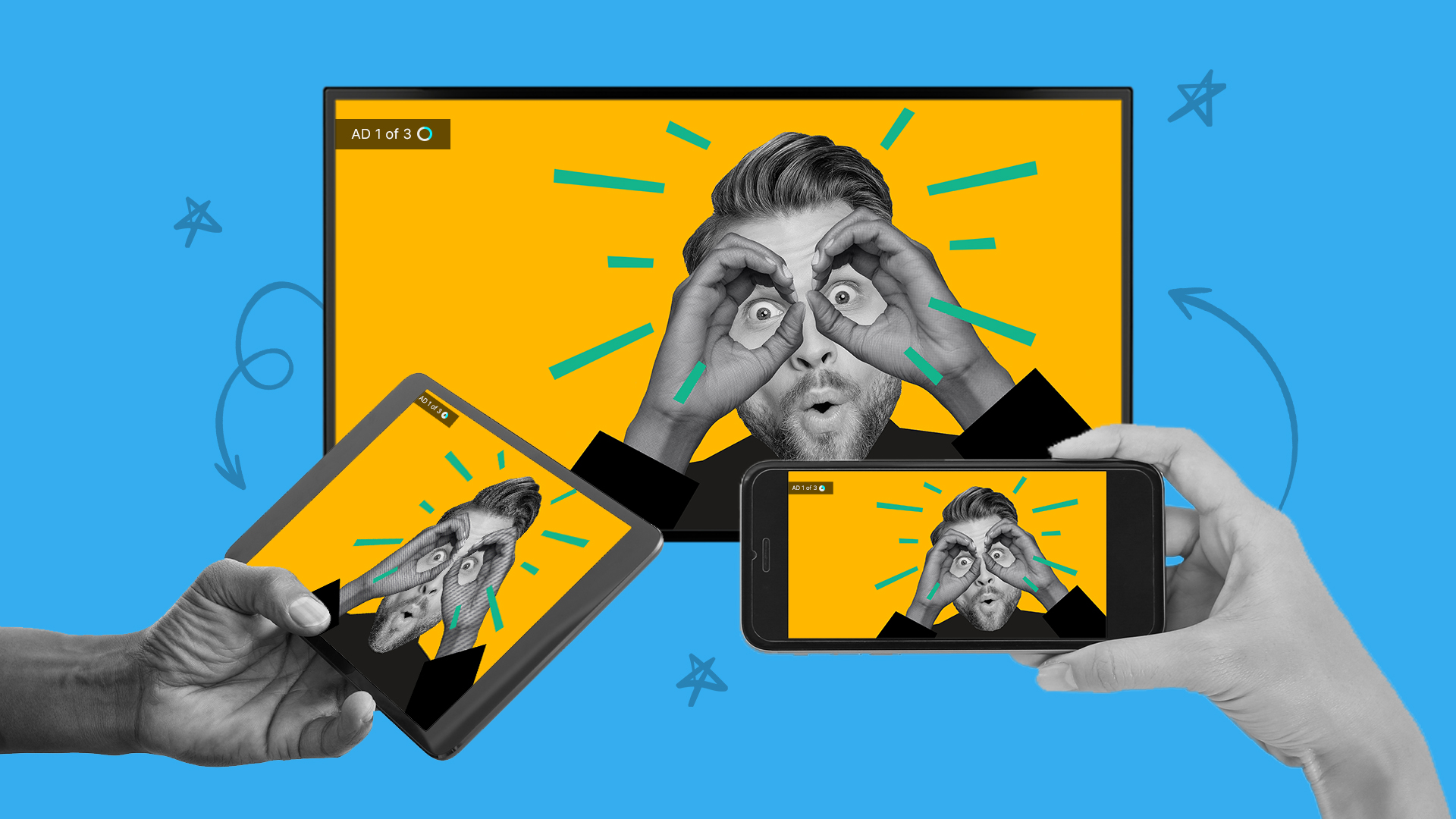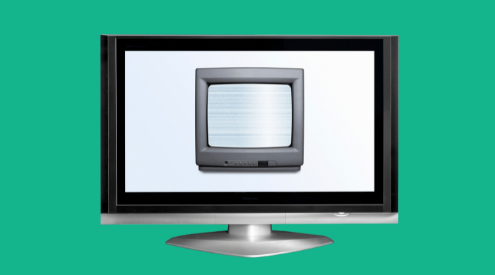Using Storyboards to Keep Your Production on Track

This is the first in a monthly series where we feature guest contributions to our blog from QuickFrame makers. This month’s post is written by San Diego-based maker Rob K.
Storyboarding Keeps the Process Going
I am the epitome of a visual learner. Pictures > words, movies > books, Pie charts > statistics. It’s much easier for me to visualize an answer, a plan, or an idea rather than explain it with, what society calls…words.
It’s a gift and a curse. It can make the process of explaining my extremely dynamic, profound, and meaningful shots fall flat. BUT, luckily, I can rely on images to communicate what my mind has made up with storyboarding.
Storyboarding’s main goal is to communicate information. The quality of the drawings doesn’t matter—even the framing doesn’t matter at times.
Storyboards can take many different looks and feels and hence express different information. Sometimes, the storyboard can literally become the script (think Sin City, Walking Dead, ETC). From production logistics like shot size, framing, and lighting to storyline details like characters, story, mood, a storyboard can help get your entire team on the same page—literally.
If you want high-quality content, you have to take the time to plan and only execute once you’re ready. Consistency and developing a process will help maximize your ROI with video content. A strategic video can increase awareness, develop branding, and educate your audience—all to attract new customers.
To help you understand the process, I want to showcase 3 of my favorite projects and how storyboarding was used in each.
QuickFrame is looking for experienced video content makers who believe that every brand deserves well-made video. Join our maker community today!
Lafayette Hotel
 For this video, we needed an almost exact storyboard per shot because we wanted to use visual effects to bring postcards to life. Hence, our storyboards had to relay information to two key people: communicate the shot idea to my camera operator and also our graphics person. Graphics specifically needed to fully understand the shot to give feedback before we even took out the camera. They were able to give me advice on lighting and positioning to make everyone’s job easier in post.
For this video, we needed an almost exact storyboard per shot because we wanted to use visual effects to bring postcards to life. Hence, our storyboards had to relay information to two key people: communicate the shot idea to my camera operator and also our graphics person. Graphics specifically needed to fully understand the shot to give feedback before we even took out the camera. They were able to give me advice on lighting and positioning to make everyone’s job easier in post.
Like all shoots, we had to deal with a couple of curveballs. Luckily, since we had the shoot so engrained in our heads because of our thorough storyboarding process, we could make decisions without changing the core story. Things like not having 3 females available for the group shot or the hotel misplacing the inflatable balls for the pool drone shot didn’t derail us. With a little creativity, we made it work!
Learn More: Social Media Video Ad Specs & Placements Guide
Here’s the final product:
Click here to read the rest of the post and see more storyboards.

With the mind of an engineer, Rob truly enjoys the entire creative process. From ideation, drawing storyboards, to logistics, he’ll do what it takes to bring the idea to life!
Do More with Video
Learn how we can help you produce more quality videos affordably and at scale.



